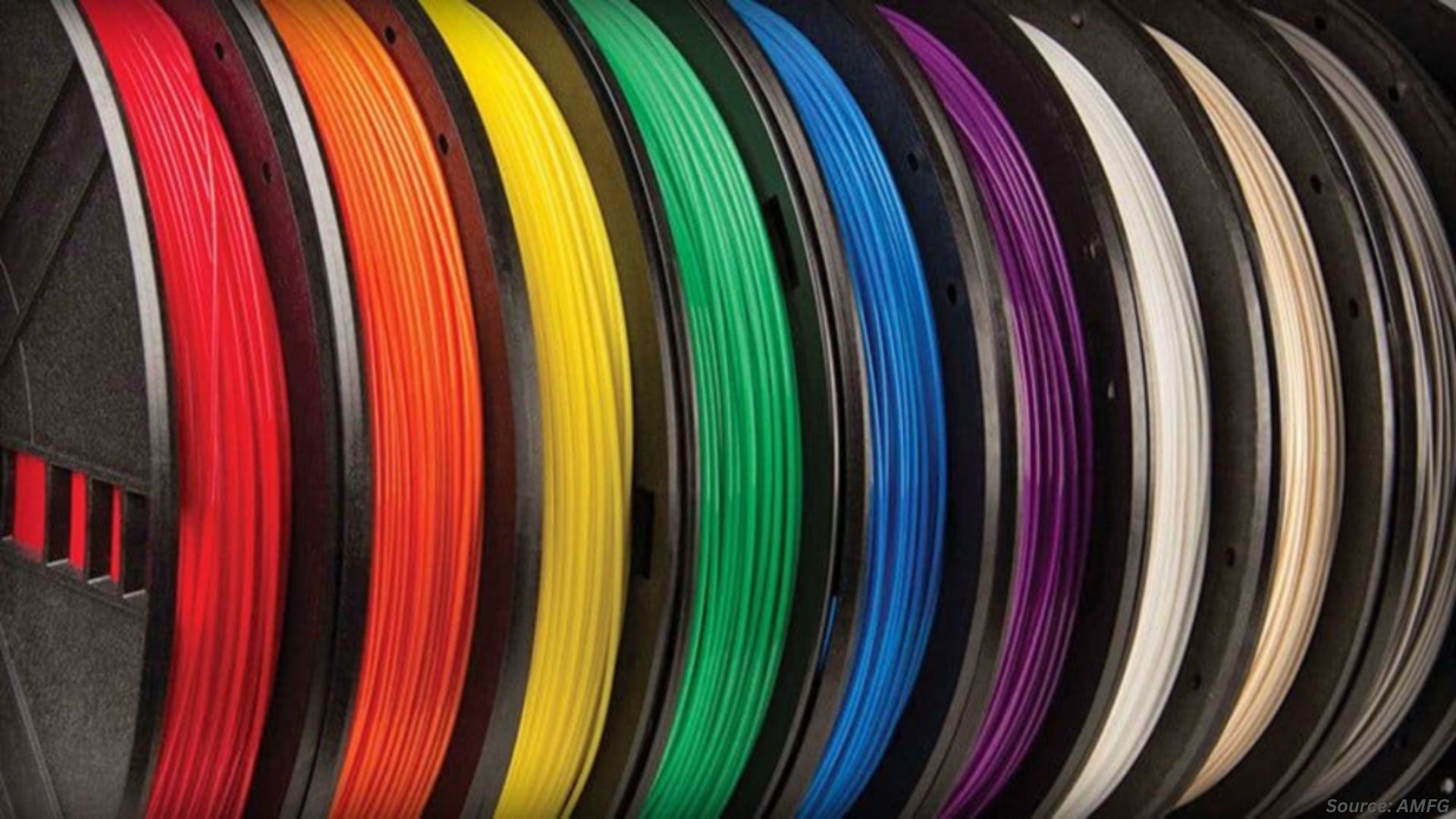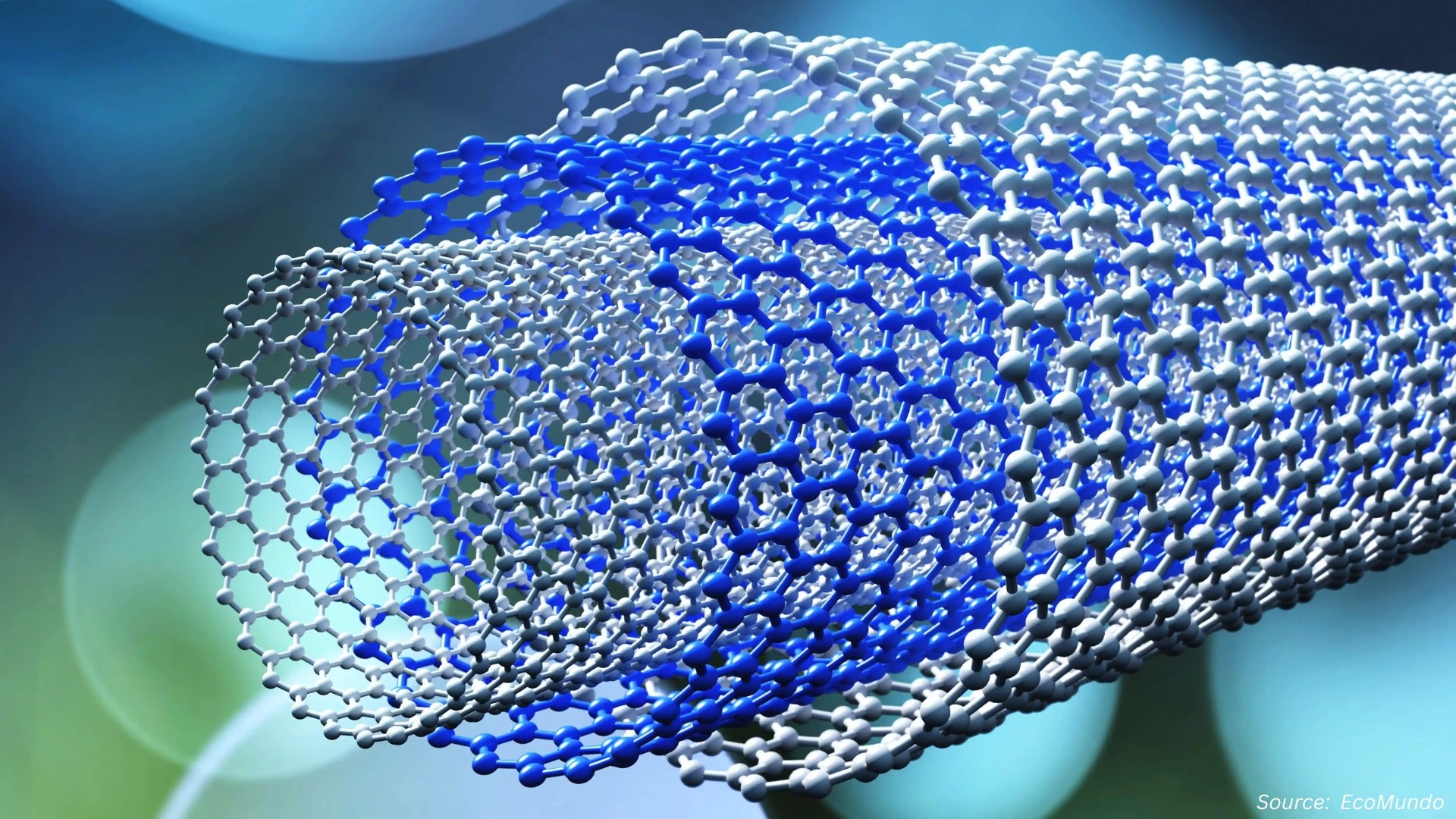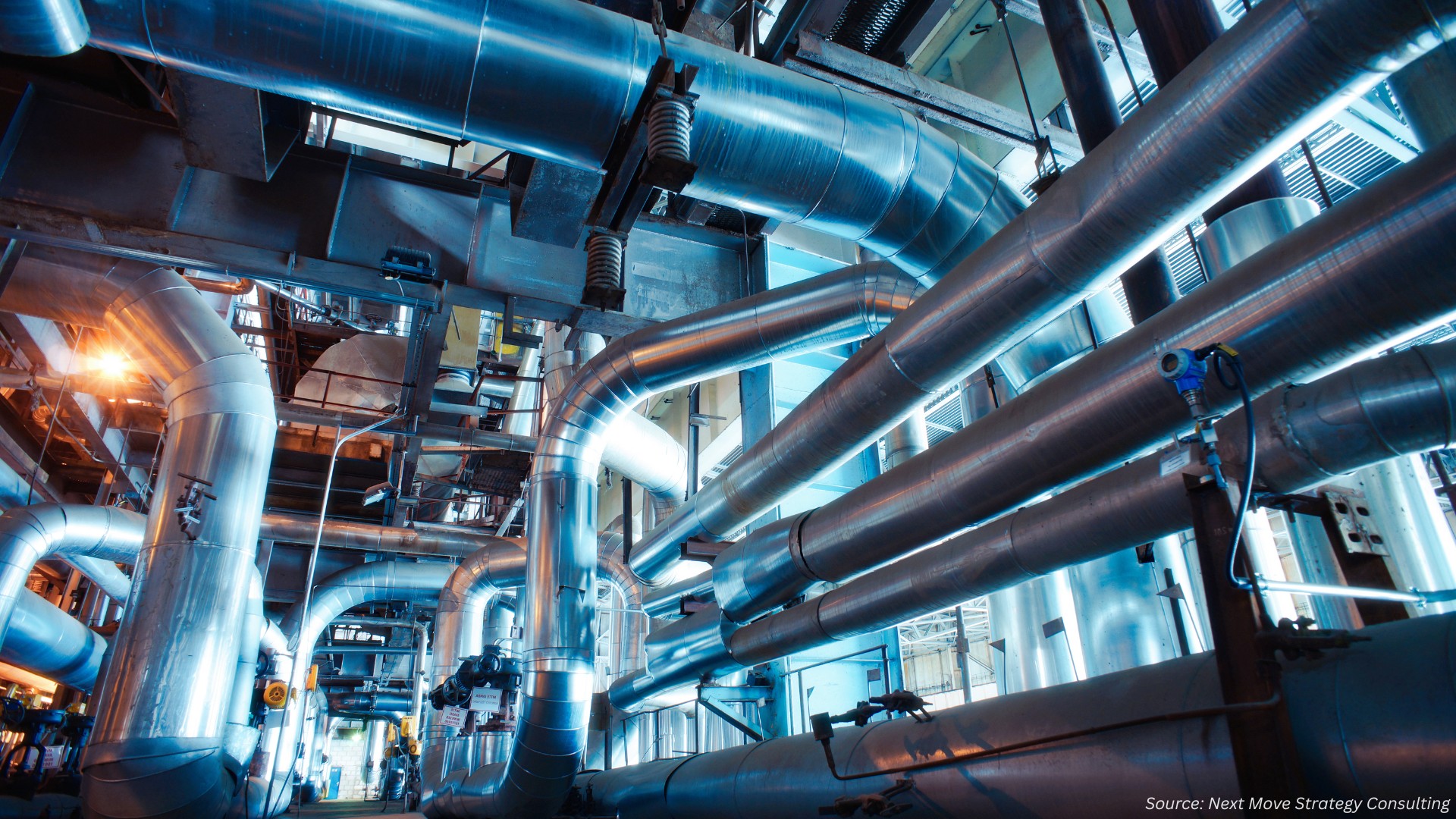3D Printing Materials Market — What Is Changing in 2025?
Published: 2025-10-03

What New Materials and Printers Are Shaping The Market Now?
3D Systems launched the Figure 4® 135 printer and the Figure 4 Tough 75C FR Black material at RAPID+TCT 2025 as a production-ready solution for high-mix, low-volume (HMLV) plastic parts, aiming to replace or supplement injection molding.
-
The Figure 4 135 targets precision applications and is designed for repeatability and speed.
-
The Figure 4 Tough 75C FR Black is UL94 V0 rated at thin-wall thickness and has high Relative Thermal Index ratings (RTI Electrical 150°C; RTI Mechanical 130°C), making it suitable for electrical connectors and heat-resistant applications.
3D Systems is pushing resin projection technology into production use by pairing fast, precise hardware with flame-retardant, high-RTI resins suitable for electrical and industrial applications.
-
Production-focused projector-based printing (Figure 4 135) now targets HMLV manufacturing.
-
New resin provides flame retardancy and high thermal performance for electrical applications.
How Are Metal Materials and Systems Affecting Aerospace And Launch Manufacturing?
Eplus3D reports that INNOSPACE adopted Eplus3D Metal Powder Bed Fusion (MPBF) printers (one EP-M450 and two EP-M300) to build rocket hardware in-house, enabling serial production and on-demand parts.
-
INNOSPACE used these systems to deliver 13 core components for the HANBIT rocket and claims production-cost reductions of up to 50% compared with traditional methods.
-
INNOSPACE conforms to the ISO/ASTM 52941-20 acceptance criteria for metal AM equipment used in aerospace and obtained AS9100 certification in February 2025, underlining aerospace-quality readiness.
Metal additive manufacturing is moving from prototyping to serial aerospace parts, driven by high-performance powder systems and validated quality processes.
-
Metal MPBF enables lightweight, high-temperature, and precision parts for rockets.
-
Adopters report material and process gains (faster lead times, cost savings up to 50%).
What Are the Practical Implications for Materials Buyers and Production Planners?
Three practical shifts are visible from these vendor announcements:
1. Materials are being developed with end-use certification in mind. Example: Figure 4 Tough 75C FR Black’s UL94 V0 and RTI ratings make it a direct substitute for flame-sensitive production parts.
2. Aerospace-grade metal AM is deployable in-house. INNOSPACE’s EP-M450/EP-M300 deployment shows manufacturers can move to serial production with proper process control and standards compliance.
Buyers should evaluate materials not only on raw properties but also on validated process chains and standards compliance.
-
Prioritize materials with recognized safety and thermal ratings for end use.
-
Ask vendors for integrated workflows (software + build style) that reduce cycle time.
-
For critical industries, require standards conformance (ISO/ASTM, AS9100).
Quick Comparison: Common Materials and Where They Fit
|
Material family |
Typical printers |
Key use cases |
|
Projection resins (Figure 4 Tough 75C FR) |
Figure 4 135, Figure 4 family |
Thin-wall electrical connectors, housings with flame retardancy |
|
Pellet extrusion (EXT Titan systems) |
EXT 1070 / 1270 Titan |
Large tooling, jigs, end-use parts that require machining |
|
Metal powders (MPBF) |
EP-M450 / EP-M300 |
Rocket components, high-temp structural parts, lightweighting |
Summary (short paragraph): The right material is a function of the part requirement—resins for precision thin features, pellets for large durable tooling, and powders for high-temperature/structural metal parts.
Match material family to thermal, mechanical, and safety requirements.
What does Next Move Strategy Consulting Think?
-
Manufacturers adopting application-specific materials and validated process packages will reduce time-to-market and inventory costs.
-
Aerospace and defense buyers should require standards proof (ISO/ASTM, AS9100) before qualifying in-house AM suppliers.
-
Procurement teams should evaluate total cost of ownership, including post-processing and certification, not just per-kg material cost.
The 3D Printing Materials Market is maturing from equipment-first to solution-first; companies that align materials, machines, and quality systems will lead.
What are the Next Steps? (Actionable Takeaways)
-
Run a materials-to-application audit. Identify 2–3 parts where Figure 4 resins or MPBF metal could replace tooling or machining.
-
Require standards evidence. Insist on ISO/ASTM and AS9100 evidence for aerospace suppliers.
-
Pilot an integrated workflow. Test printer + material + software stack on a single part family to measure real cycle time and cost.
-
Measure total cost impact. Track lead time, scrap, post-processing and certification costs to validate the claimed savings (for example, up to 50% cost reduction claimed by INNOSPACE).
Conclusion
2025 demonstrates a clear transition: vendors are shipping materials and build styles that are engineered for end-use, and adopters—in both industrial plastics and aerospace metals—are reporting meaningful cost and lead-time benefits. Evidence from vendor releases shows the market is shifting from experimental to production-grade materials and process bundles.
About the Author
 Sanyukta Deb is a skilled Content Writer and Digital Marketing Team Leader, specializing in online visibility strategies and data-driven campaigns. She excels at creating audience-focused content that boosts brand presence and engagement, while also pursuing creative projects and design interests.
Sanyukta Deb is a skilled Content Writer and Digital Marketing Team Leader, specializing in online visibility strategies and data-driven campaigns. She excels at creating audience-focused content that boosts brand presence and engagement, while also pursuing creative projects and design interests.

















Add Comment